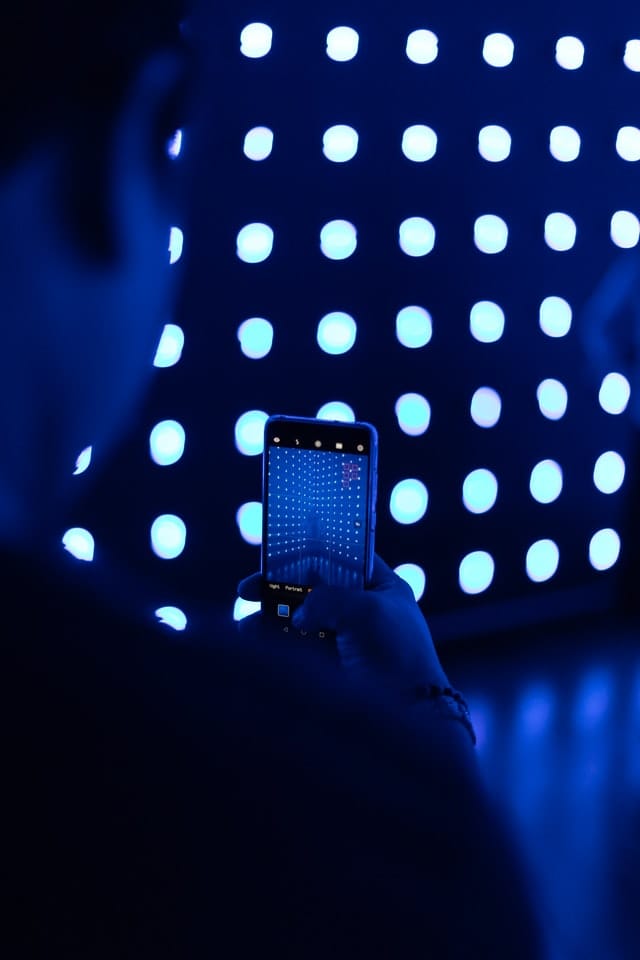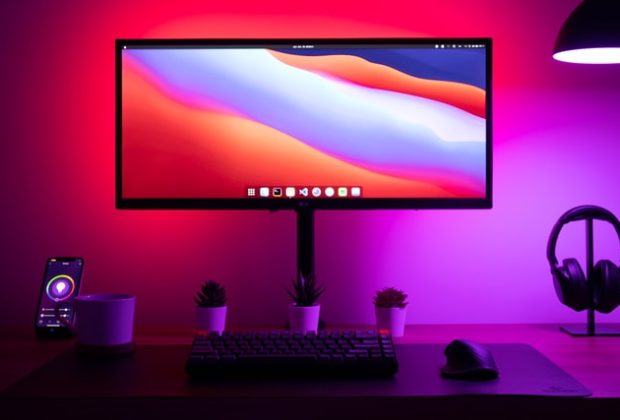Quite possibly, the most inventive feature of LED light sources is their modularity. Thus, it is feasible to incorporate lighting with numerous fittings, such as bookshelves, shelves, cabinets, drawers, storage units, mirrors, and plenty.
Integrated lighting in this way implies consolidating or fitting in light sources into items with their drivers, wiring, and control units. A solitary LED is a light wellspring of little size and cannot meet demands.
However, by totaling a few LEDs together on exceptional support, for instance, cards with reproduced circuitry, or a component made out of a plurality of trivial light sources, can take different shapes such as rectangular, round, or square, can meet light demands.
In view of the LEDs' intensity and their inter-distance in the boards, the quantity of lumens emitted by the module is established. This review will look at the pros and cons of LEDs in integrated lighting as well as how LEDs have transformed integrated lighting.
How Have LEDs Transformed the Integrated Lighting Fixtures Market?
In most general-purpose light applications, light sources and their fixtures have been made as two separate items for about a century. This made sense during Thomas Edison's time and surprisingly a tad into the twenty-first century.
For such a long time, the most common light sources, including bright bulbs and fluorescent tubes, had short lives. This is in contrast to LEDs that are innovative due to their energy effectiveness and stunningly extensive service life.
While bright bulbs typically last about 1,000 hours - barely a year with a few hours of utilization every day - LEDs are rated to last 50,000 hours or more, which can convert into a very long time at a similar pace of utilization.
LEDs don't unexpectedly wear out as fiber bulbs do. The possibility of a light that can last decades is still tough for many people to conceptualize; however, that is why LEDs are changing the lighting business.
LEDs make it conceivable to introduce a light and leave it alone for quite a long time – more like a heater or roofing. If a light source can keep going that long, designing it into the apparatus as a lasting segment bodes well.
Why Do Manufacturers Alike Integrate LEDs in Lighting Systems?
Increased Value for A Fixture
Apparatus makers have a significant impetus to integrate LEDs in that this can add to the value of their items.
As long as they can productively consolidate LEDs into manufacturing without increasing their operation costs, merging the light basis's value and the apparatus can offer a vast net yield.
New Design Opportunities
LED integration additionally brings significant new possibilities for apparatus design. In the last century, fixtures have been measured to fit huge tubes and bulbs. However, LEDs are reduced and can be utilized in particular units, considering the numerous new styles.
Optimization of The Source of Lighting
Integrating LEDs into installations empowers you to advance every product's gears' compatibility and activity, including the light source. Integrated lighting uses an unpredictable arrangement of apparatuses, countless producers will streamline the interaction of LEDs with the remainder of the installation.

What Are Some of The Downsides of LED Integrated Lighting Fixtures?
LEDs Impose End Dates on The Embedded Fittings
Buying a LED-integrated product conveys some danger. While it could last long without requiring support, mishaps do occur. What's more, when the LEDs at long last die, it can nullify not just the light source but also the whole fixture into which it's installed.
Replacing the LED Bulbs May Prove Problematic
Technicians generally offer light source substitution and fixture repairs, yet assorted as the LED lighting business seems to be up until now. With no normalization of the business, a substitution LED module may not be accessible at a moderate cost.
Final Thought
All in all, as LED illumination technologies stay evolving at a fast pace, new LED bulbs can and will eradicate the challenge of producing outstanding bulbs designs with less power consumption and less light to establish more refined and competent lighting effects.



